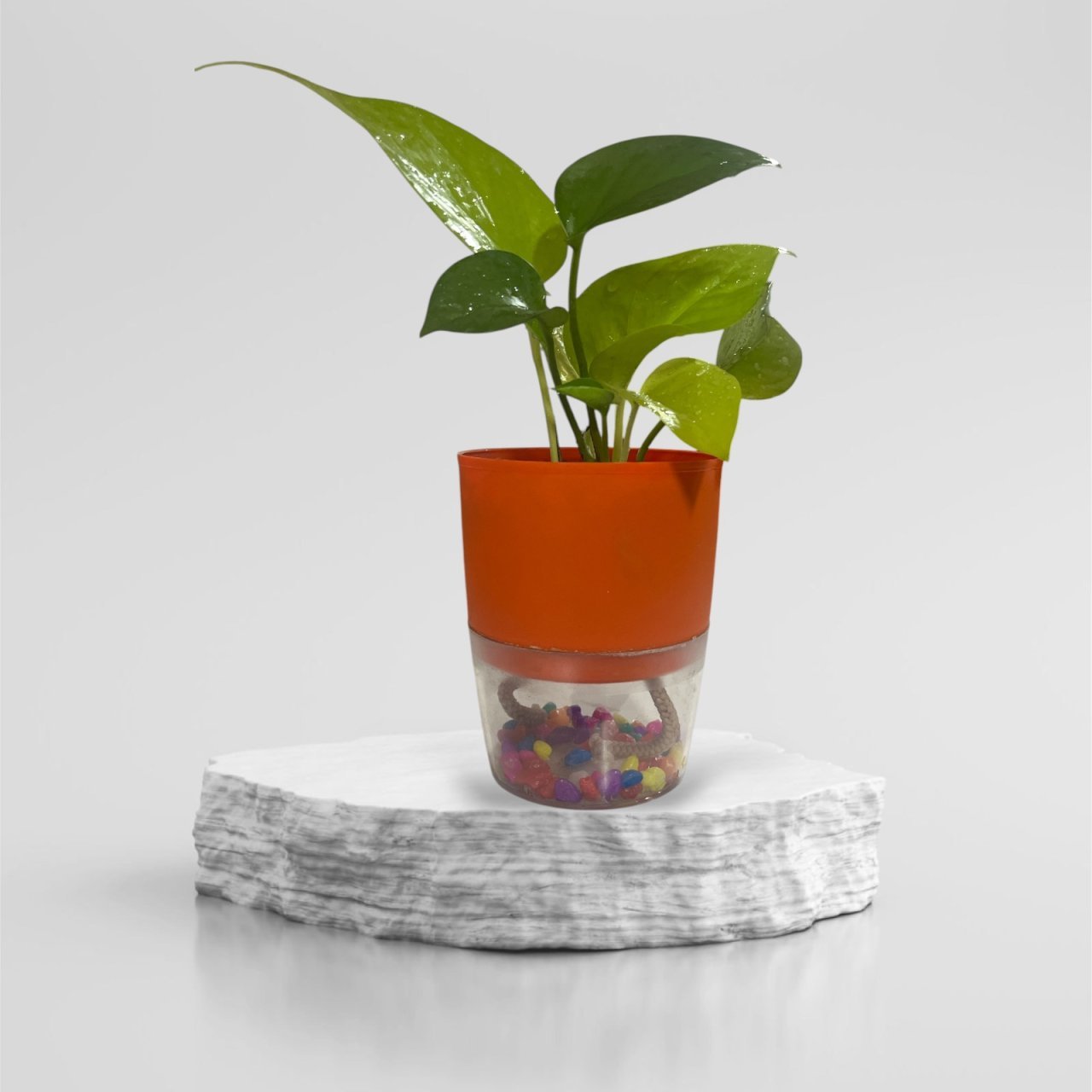Self-Watering Pots: A Green Thumb's Best Friend

Are you a plant enthusiast but often find yourself struggling to keep your green companions thriving? Self-watering pots might be the solution you've been looking for. These innovative planters are designed to provide consistent moisture to your plants, making them ideal for busy individuals or those who simply want to simplify their plant care routine.
How Do Self-Watering Pots Work?
Self-watering pots typically consist of two parts: a top reservoir for soil and plants, and a bottom reservoir for water. A wick or a porous material connects the two reservoirs, allowing water to be drawn up into the soil as needed. This ensures that your plants always have access to the right amount of moisture, preventing both overwatering and underwatering.
Benefits of Using Self-Watering Pots
Convenience:
Less Frequent Watering: With self-watering pots, you won't have to water your plants as often. This is especially beneficial for busy individuals or those who travel frequently.
Reduced Risk of Overwatering: Overwatering is a common problem that can lead to root rot and plant death. Self-watering pots help regulate moisture levels, reducing the risk of overwatering.
Healthier Plants:
Consistent Moisture: Self-watering pots provide a consistent supply of moisture to your plants, promoting healthy root growth and overall plant health.
Nutrient Absorption: Consistent moisture levels improve the absorption of nutrients from the soil, leading to lush, vibrant plants.
Reduced Water Waste:
Efficient Water Usage: Self-watering pots use water efficiently, minimizing waste.
Environmental Friendliness: By conserving water, you contribute to a more sustainable future.
Ideal for Low-Maintenance Plants:
Succulents and Cacti: These low-maintenance plants thrive in well-draining soil and benefit from occasional watering. Self-watering pots are perfect for keeping these plants happy and healthy.
Choosing the Right Self-Watering Pot
When selecting a self-watering pot, consider the following factors:
Plant Size: Choose a pot that is the right size for your plant.
Material: Opt for durable materials like ceramic or plastic.
Wick or Spikes: Decide whether you prefer a wick or spike system for water delivery.
Reservoir Capacity: Consider the size of the reservoir and how often you'll need to refill it.
By investing in self-watering pots, you can enjoy the beauty of indoor plants without the hassle of constant care. With these innovative planters, you can cultivate a thriving indoor garden that will bring joy to your home.







